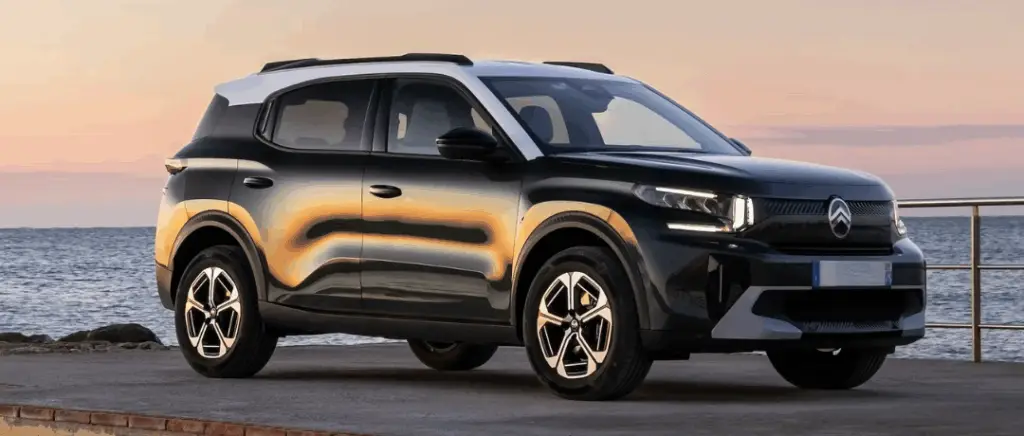Our experts answer your questions with a smile
Monday to Friday 9am - 12.30pm - 2pm - 7pm
What is carbon offsetting?
Carbon offsetting is the result of the government's desire to offset its carbon emissions under the Kyoto agreements, which came into force in 2005.
Initially, the agreements were aimed at reducing carbon dioxide emissions, but eventually France moved towards carbon neutrality. This means that France must not emit more CO2 than it is capable of absorbing. This is the target to be achieved by 2050.
Offsetting is based on the fact that the greenhouse gases emitted have an impact on the planet as a whole, so as the name suggests, this effect can be offset.
In other words, one tonne of CO2 emitted in France can be cancelled out by the elimination of one tonne emitted in another country. It is important that the proportions are respected for the effect to be effective.
Carbon offsetting is more commonly defined as a company investing in environmental projects around the world. This could involve installing solar panels on a nearby farm, planting trees in Africa or creating a new eco-centre.market garden farm on your green spaces.
The various possible approaches
Carbon offsetting involves the purchase of carbon units or emission reduction certificates, issued by the UN. Their purchases involve the use of two mandatory offsetting tools:
- JI: joint implementation: acquisition of emission reduction units
- CDM: Clean Development Mechanism: entitlement to emission reduction certificates
These are the compensation mechanisms implemented by the Kyoto Protocol the principle of which should be pursued as part of theParis Agreement signed during COP21 in 2015 (Article 6, paragraph 4).
In parallel with the Kyoto agreements, there is a carbon offsetting market open to all, which operates without regulation.
Carbon offsetting is similar to social and environmental responsibility (CSR) that companies can commit to. They can reduce their emissions in several ways:
- Structural and inherent to the company changing a process by replacing plastic with a less polluting material
- External and less restrictive with theacquisition of carbon units This is the case of the Corsia programme: a project that concerns airlines, stipulating an obligation to acquire carbon credits on a trading market from 2021 to offset emissions from international flights.
➡️ READ OUR SPECIAL REPORT: Corporate Social Responsibility: definition and examples
The effectiveness and results of carbon credits
Our advice on the right direction for your carbon offset printing
Before investing in carbon credits, it is important to understand :
- The tonnes of CO2 emitted can be offset on a global scale in absolute terms
- Buying carbon credits does not reduce your company's greenhouse gas emissions
- Carbon offsetting alone is insufficient to achieve carbon neutrality
The tonnes of CO2 emitted can be offset in absolute terms
As we saw earlier, the principle of carbon offsetting assumes the equivalent of two tonnes of CO2 emitted worldwide.
However, one polluted tonne of CO2 is not entirely equivalent to another polluted tonne of CO2, because other components are added depending on the country.
However, the impact on the climate is the same: one tonne of CO2.
It is therefore possible to offset tonnes of CO2 on a global scale. We can then encourage the purchase of carbon units, by co-financing the reduction of emissions in another country.
Carbon offsetting does not reduce greenhouse gas emissions
It is also important to point out that buying a carbon credit does not reduce greenhouse gas emissions. Greenhouse gases are a mixture of seven chemical substances, including carbon dioxide. When a company buys a carbon credit, only its carbon footprint is reduced.
It is therefore a first step towards reducing greenhouse gas emissions.
On its own, it is insufficient to achieve carbon neutrality
Finally, carbon offsetting is not enough to achieve carbon neutrality by 2050. To achieve this, companies must stop outsourcing their actions and think about internalising their efforts.
Carbon offsetting alone will not achieve this, which is in line with the idea that the market cannot solve a problem of its own making.
Every sector and every company needs to be involved in a decarbonisation strategy. This involves internal structural changes, and even a new business model for certain industries.
One example of this approach is the ban on the sale of plastic cutlery in fast-food chains such as Mcdonald.
➡️ TO FIND OUT MORE: The guide of carbon Offsetting
Effects difficult to verify
Companies and individuals who have already gone down the carbon offsetting route have encountered a number of obstacles. It is a free and open market, so there is no regulatory authority to ensure that the project runs smoothly and that the results are achieved. Carbon offsetting is therefore difficult to verify, and there are a number of limitations to be aware of before committing your company.
Investment is difficult to trace
Initially, it is difficult to trace the investment and see the positive effects. A company that opts for carbon offsetting invests in environmental projects around the world.
The results are difficult to assess
Secondly, the effects are very difficult to measure.
Greenhouse gas emissions are measured on a national scale according to a number of factors, such as the quantity of energy consumed, the activity of a given sector and the average emission rate of that sector. Each country has its own methodology for measuring greenhouse gas emissions. This makes it all the more difficult to measure the impact of reducing CO2 emissions.
The price of carbon offsetting is the subject of debate because of the wide range of methods used to measure CO2 levels, and the difference in investment costs.
Carbon strategy consultancy Carbone 4 is currently reviewing the adoption of a new carbon accounting system to provide a more accurate account of the impact on the climate.
Ethics may be challenged
Finally, there may be ethical questions about the way in which carbon offsets are implemented.
Companies are offering to finance environmental projects around the world to offset emissions from their factories. This approach is very often the result of excessive pollution from a factory that is essential to the company's activity. However, the company is under no obligation to act on behalf of the local population, which is in direct contact with its emissions and is also the first to be affected.
In the United States, for example, 75% of the carbon offsets of companies that pollute in California are projects outside the State.
At the same time, there is no guarantee that the rights of local residents will be respected when new projects are set up in foreign countries.
The purchase of carbon credits is compared in the article published in the Guardian as a pass to pollute. The financing of a project replaces the reduction of their emissions.
This idea has also been taken up in a Stanford study, which compares carbon offsetting to the purchase of Catholic indulgences in the 16th century. In other words, a generous donation to the church so that the richest could be forgiven for their sins.
➡️ READ: "Forest offsets partner climate-change mitigation with conservation".
We have pointed out the questions to ask before using carbon credits, and then the limits of carbon offsetting. Now we're going to suggest some alternatives so that your company can reap the full benefits of carbon offsetting.
There are other ways of offsetting carbon emissions
Carbon offsetting is the first step towards the goal of carbon neutrality by 2050 and the energy transition for businesses.
If your company wishes to offset its carbon emissions, as we said earlier, it is possible to call on the services of specialist companies, associations or organisations. Companies specialising in carbon offsetting offer to set up carbon offsets close to businesses:
- Farms or plantations close to the company, to support local farmers
- Installation of solar panels or wind turbines
READ OUR DOSSIER : Accelerate your company's energy transition vehicle fleet
Carbon offsetting is effective in the short term, but its long-term effects are difficult to verify.
For a lasting effect on your company and its transition, structural and internal changes to the way the company operates are more likely to have long-term effects. For example, stopping the marketing of plastic products.
There are practices within everyone's reach that every company can incorporate into its employees' daily lives. These are interesting alternatives that will help your company in its energy transition.
Reducing CO2 and greenhouse gas emissions can be done on a daily basis:
- Limit air travel and opt for more environmentally-friendly means of transport that consume less fossil fuel.
- Switching to less polluting vehicles
- Encourage people to use bicycles and scooters instead of cars
READ OUR DOSSIER - Greater Paris: aid of up to €6,000 for the purchase of an electric vehicle
That's it! You know all about carbon offsetting. If you have any questions, please don't hesitate to email us at [email protected]
































